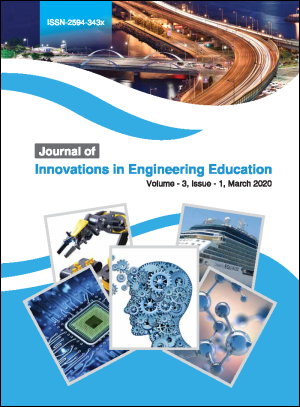Mitigation of GHG Emission by Replacing Diesel Buses with Electric Buses in Kathmandu Valley “A Case Study of Sajha Yatayat”
DOI:
https://doi.org/10.3126/jiee.v3i1.34321Keywords:
Electric Buses, Energy Consumption, GHG EmissionsAbstract
The net benefit of replacing diesel bus by electric bus in Kathmandu Valley is found positive. The net benefits of replacing diesel bus by electric bus is found to be NRs 8,31,776.So, per bus per year in the context of Sajha yatayat, the government should encourage the introduction of electric bus inside Kathmandu Valley. The four types of scenarios including one Business as usual scenario and other three different replacement scenarios, namely, ESB25, ESB50 and ESB100 for the period 2019-2035 are analyzed in this study. The 15.5, 31.2 and 62.4 Million Mega joule of energy can be saved in ESB25, ESB50 and ESB100 scenarios respectively in comparison to BAU scenario. The cumulative cost saved from avoided energy is 0.12, 0.25 and 0.5 million US dollars at constant price of 2019 under ESB25, ESB50 and ESB100 scenarios respectively in comparison to BAU scenario. The total GHG emissions avoided is 15.6, 31.2 and 62.41 thousand tons under ESB25, ESB50 and ESB100 scenarios respectively in comparison to BAU scenario. The cumulative revenue generated is 0.15, 0.31 and 0.62 million US dollars at constant price of 2019 under ESB25, ESB50 and ESB100 scenarios respectively in comparison to BAU scenario. Since net benefit of replacing both old and new diesel bus is positive, ESB100 scenario is the best option to replace diesel buses by electric uses.
Downloads
Downloads
Published
How to Cite
Issue
Section
License
Upon acceptance of an article, the copyright for the published works remains in the JIEE, Thapathali Campus and the authors.

